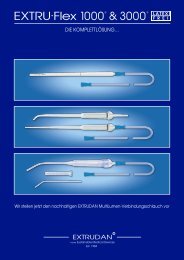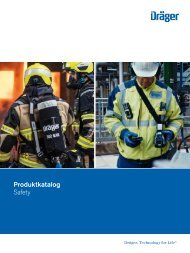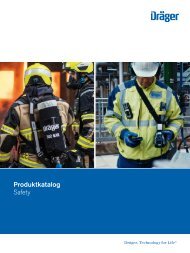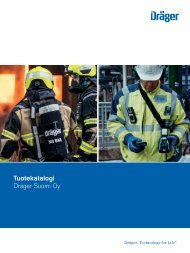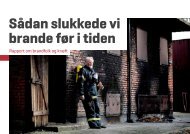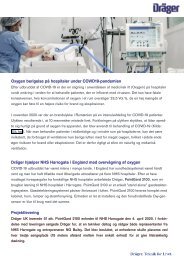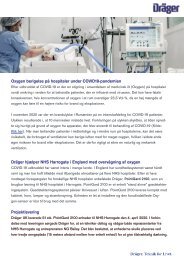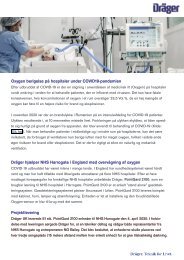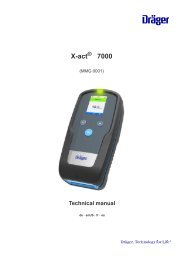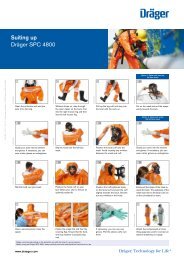Neonatal-Non-Invasive-Ventilation-NIV
Neonatal intensive care continues to be one of the most challenging fields in medicine. Fortunately years of experience from careful clinical observation, meticulous research and plenty of tender loving care have helped to significantly increase the chances of survival for our tiny patients. This booklet is an attempt to address the current development process of noninvasive ventilation therapies, both from a theoretical and a practical standpoint.
Neonatal intensive care continues to be one of the most challenging fields in medicine. Fortunately years of experience from careful clinical observation, meticulous research and plenty of tender loving care have helped to significantly increase the chances of survival for our tiny patients. This booklet is an attempt to address the current development process of noninvasive ventilation therapies, both from a theoretical and a practical standpoint.
You also want an ePaper? Increase the reach of your titles
YUMPU automatically turns print PDFs into web optimized ePapers that Google loves.
123<br />
I 29<br />
09:25:23 O2 Therapy<br />
Flow<br />
FiO2 Vol%<br />
100<br />
2 h<br />
Cursor 07:29 FiO2<br />
21<br />
Vol%<br />
12-Feb-2016<br />
FiO2<br />
Views<br />
Day/Night<br />
Export<br />
screenshot<br />
Trends/Data<br />
Alarms<br />
<strong>Ventilation</strong><br />
settings<br />
Sensors/<br />
Parameters<br />
System setup…<br />
10<br />
Const. flow L/min<br />
120<br />
2 h<br />
Cursor<br />
07:29 Const. flow 8L/min<br />
12-Feb-2016<br />
Const. flow<br />
Special<br />
maneuvers…<br />
Help<br />
0<br />
O2 Therapy<br />
21 8<br />
FiO2 Const. flow<br />
Start/<br />
Standby…<br />
D-15473-2017<br />
Figure 12: O 2<br />
-therapy<br />
Compatible patient interfaces include nasal cannulae O 2<br />
-masks and hoods. <strong>NIV</strong><br />
masks must not be used during this mode as these have no mandatory leak. Here,<br />
the patient would be jeopardised since the infant may not be able to exhale through<br />
the mask and the pressure is applied continuously. Flow, minute volume and apnea<br />
are not monitored in this mode. Hence, the use of external SpO 2<br />
monitoring is recommended.<br />
Usually, flow rates range from 2L/min to 8L/min for newborns and from 8L/min to<br />
more than 25L/min for paediatric patients. In the Babylog VN 500, it can be set from<br />
2L/min up to 50L/min. The spontaneous peak flow is a good guide to estimate the<br />
amount of flow that is suitable for the patient. The setting should exceed the patient’s<br />
peak flow in order to prevent inhalation of the entire delivered gas volume and to<br />
avoid dilution of the selected O 2<br />
-concentration with ambient air. The peak flow can<br />
be estimated by freezing the screen in a conventional ventilation mode. The cursor<br />
can then be used to toggle the maximum value. Usually, in Low birth weight infants,<br />
3-4L/min of flow is sufficient. Unnecessarily high flows may result in high airway<br />
pressures.<br />
The effectiveness of high flow therapy also depends on the selection of the correct<br />
prong size for the individual patient. It is important to maintain a leakage of<br />
approximately 50% at the nostril. In contrast to nasal CPAP, a leakage is required. It<br />
should be noted that manufacturers define a specific flow range for each prong size.<br />
If a high flow is applied to an interface with a small diameter and high resistance to




